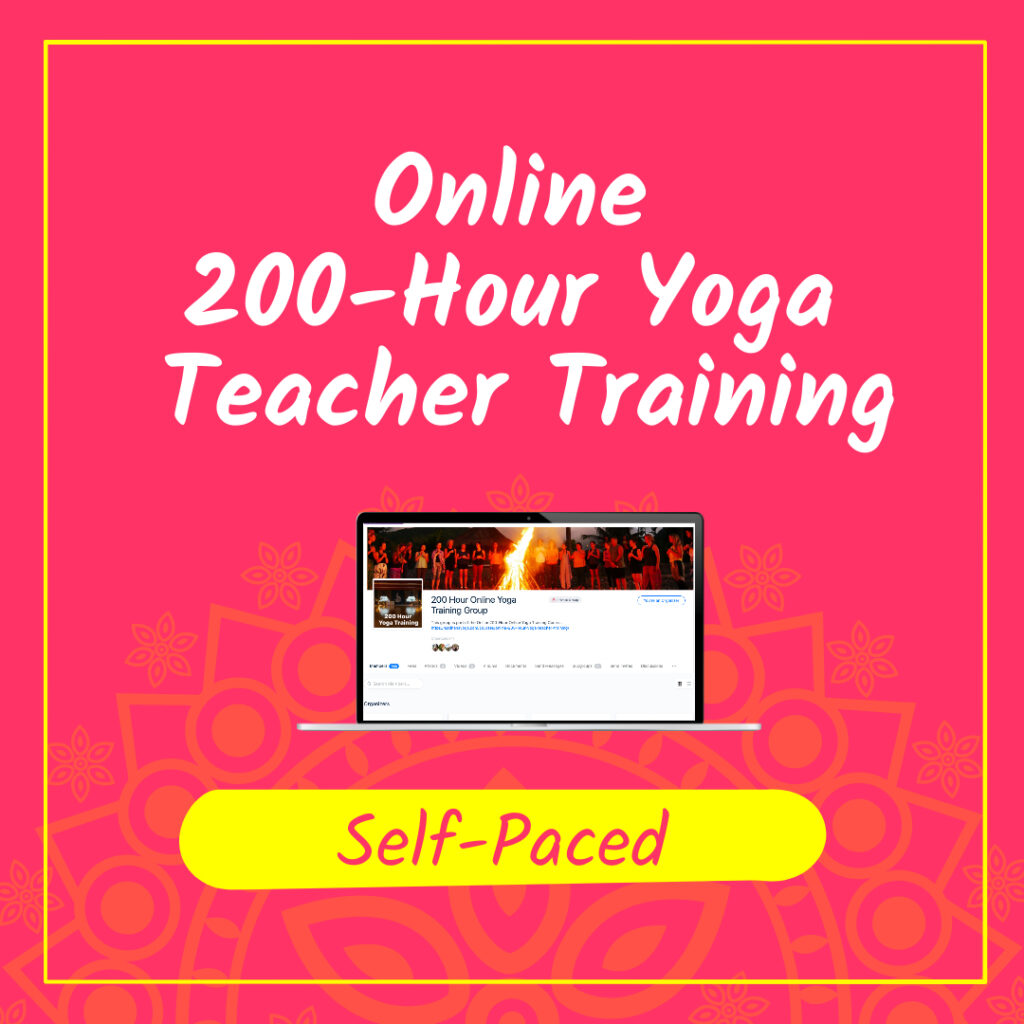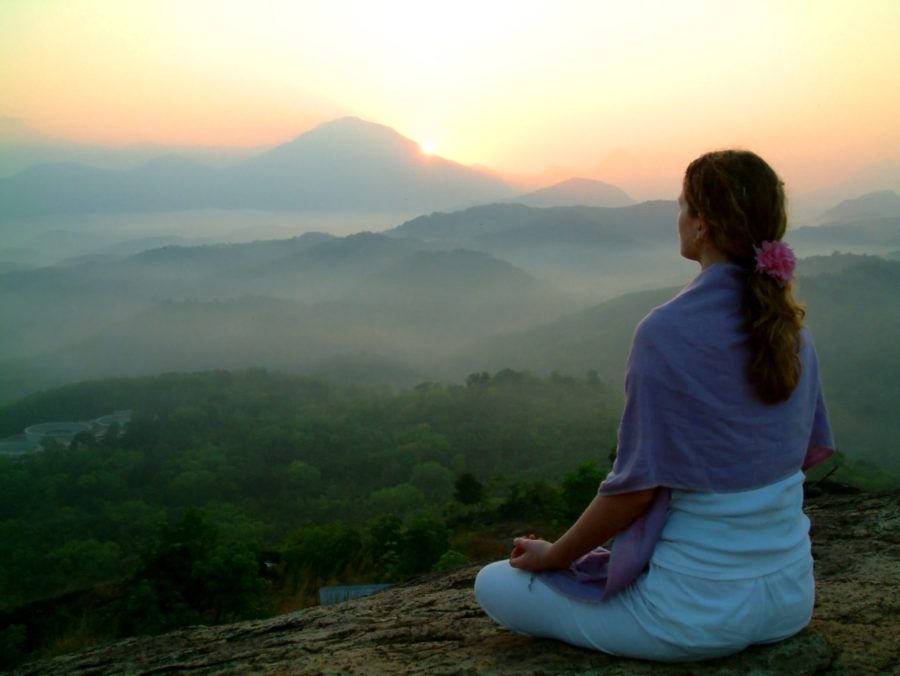Stress Management Part I: The Art of Mindfulness

Stress…this is something every living thing experiences every day – plants, animals, humans. It is the body’s natural response to a situation or event. It is a necessary and natural part of the evolutionary process.
But, recent studies show that stress has transformed itself into a chronic condition that impacts our mental, physical and spiritual well-being in debilitating ways including headaches, high blood pressure, asthma, arthritis, depression and anxiety. For more than 50% of the population, is causes emotional disorders that will last a lifetime.
In fact, Forty-three percent of all adults suffer adverse health effects from stress, according to WebMd.
And these chronic conditions don’t impact just your health, they also have impact on the financial well-being of those suffering from chronic stress and even their employers.
The Occupational Safety and Health Administration (OSHA) declared stress a hazard of the workplace, costing the American work industry more than $300 billion annually.
Over the next few weeks we’ll be offering up a series of articles on stress, its effects on the body, and the practices one can employ to minimize stress and improve our response to it. It will come as no shock that the practices and philosophy we employ (and teach out students) at Sadhana Yoga School provide holistic remedies that anyone can access and bonus…they are affordable, low impact and completely all natural. No expensive medications, pills, or doctor’s appointments.
Naturally, it is nearly impossible to PREVENT stress from occurring, but it is possible to employ specific practices to minimize it and its the effects.
One of the methods we can use to manage stress is mindfulness. This is a bit of a buzz word right, you see it on the cover of magazines and your Facebook news feed. It is so good to bring awareness to this concept of mindfulness and what it can do to our bodies, minds, and spirits.
So what is mindfulness?
In the simplest sense of the word, mindfulness is being attentive to the here and now, living in the moment, not worrying about would could happen, or living in the past with regret of something that did happen. That could be easier said than done especially with individuals living with trauma – which the reality is a large majority of the population are victims of some kind of trauma. Practicing mindfulness is quite easy, here are three that you could do tonight.
DOING DISHES
Pile up the dirty dishes on the counter, fill up the sink with some warm water and bubbles and start to scrub. Close your eyes, feel the hands dip into the water, feel the sensations of the bubbles and warmth on your skin. Feel the fingers press against the dishes…really “sink” into the experience (pun intended).
ENJOYING A MEAL
You could do the same thing with your next meal. Sit down in a comfortable seated position, or perhaps sit outside and connect with the earth. Separation from the earth increases our Vatta (wondering what that is, see our recent blog post https://sadhanayoga.com/three-ways-to-incorporate-ayurveda-into-your-daily-life/). Even better…eat with your fingers! Feel the food in the palms and fingers, bring a piece into the mouth bit by bit, savoring it, testing the texture, flavors, sensations.
TAKE A MINDFUL WALK
Next time you step outside your front door (lock your door and make sure you have everything you need) take a moment to pause and look around you. Don’t think about getting to your car or where you need to go. Take your time, as you begin to walk, feel the pressure of the earth into the foot, through the shoe; feel the crisp air the environment that surrounds you and what it does to your skin. Pause the thinking, the analysis that is going on in the mind. Just feel the moment.
You get the idea.
“Mindfulness is an invitation to bring our full attention to whatever it is we’re doing, seeing, and experiencing – by turning inward instead of focusing outward, we can notice what’s happening as is happening and, hopefully use those skills as we move into our day.”
Yoga International, Summer 2017, Page 25
So how do you practice mindfulness – start by not dwelling on the practice part and just “go with the flow”. One of the biggest challenges for people when it comes to mindfulness is letting go of judgement and expectation and just allowing whatever it is to just be. By practicing this kind of action and reaction we are controlling the ego, and the stories and drama that our mind loves to create to keep us and it busy. When we can do this we can control our emotions and our emotional reactions and thereby control stress.
Mindfulness seems so simple, and yet at the same time it can be a bit challenging to incorporate and let go of old thought patterns, but remember a little bit goes a long way, and practice each day starting with small changes in your daily thoughts and habits.
SOURCE: http://www.webmd.com/balance/stress-management/effects-of-stress-on-your-body
SOURCE: Yoga International, Summer 2017
Recommend0 recommendationsPublished in blog, Stress Management





Responses